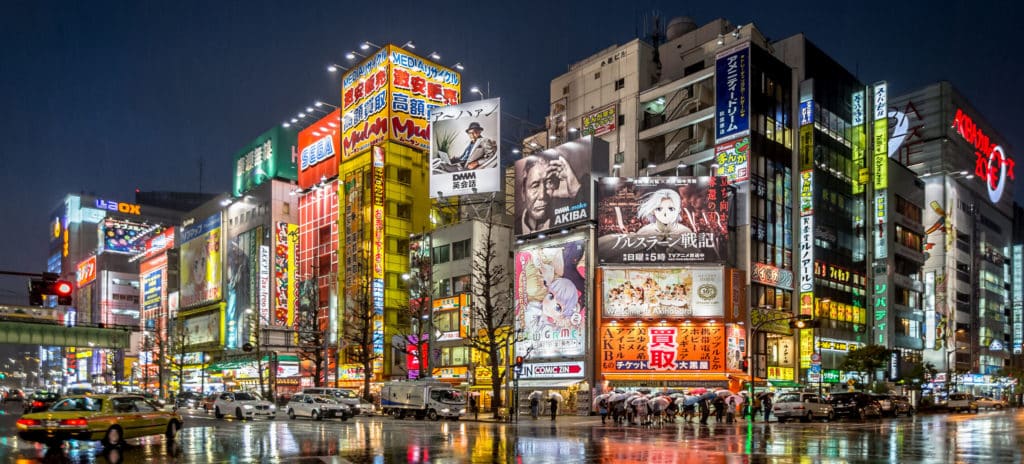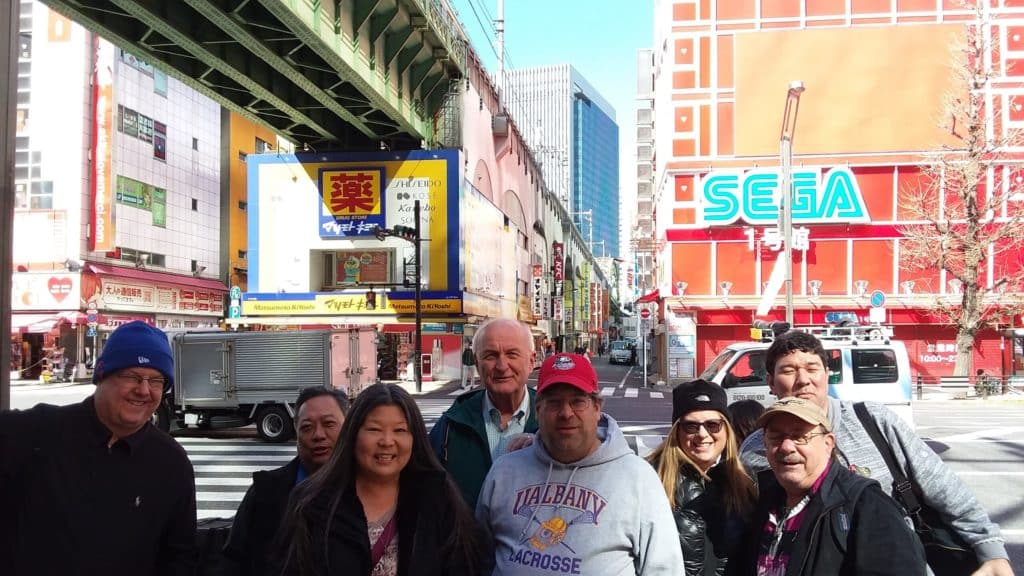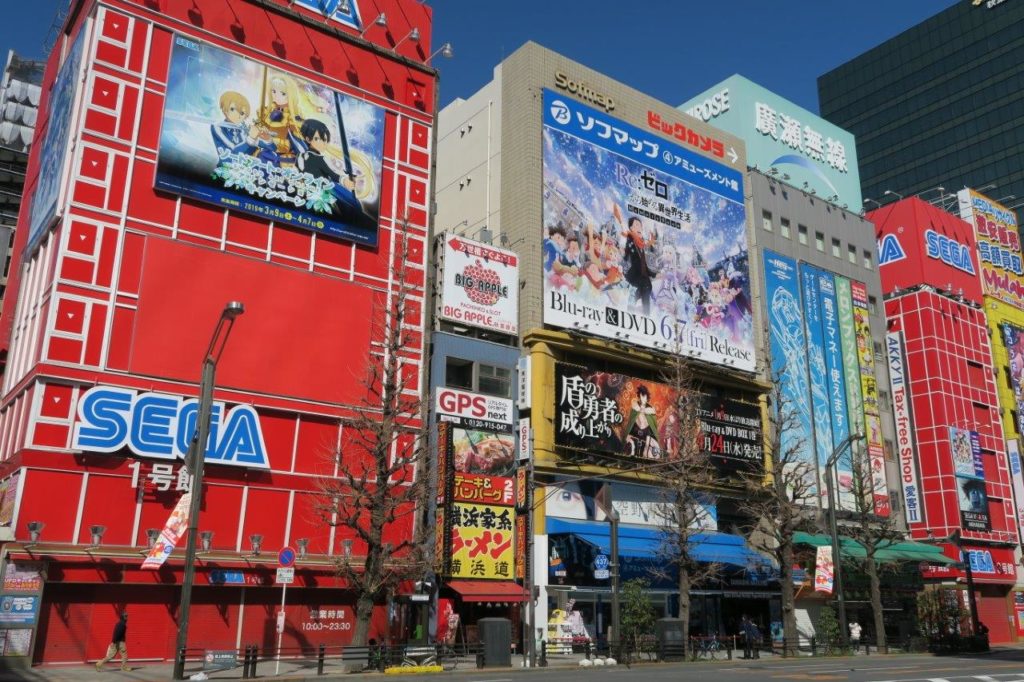
Heading to Tokyo? Want a truly unique shopping and cultural experience rolled into one? Akihabara should be at the top of your list.
Easily accessible via the Akihabara JR and Metro station, this district is the hub of the modern Japanese video game, anime, manga, and computer-related culture. The area has the sort of feel of a mega-mall, with store after store after store – many of them very small and stacked one on top of the other. Visitors will also find numerous arcades and maid cafés in the area. In fact, the first permanent maid café was established in Akihabara in March 2001.

It’s a great place to walk around, explore individual stores, shop for gifts, or simply people-watch. Here you will find any electronics-related itemever made! As a personal example, on my last trip to Tokyo, I realized that I’d left my camera battery charger back at home. No problem. I went to Akihabara and found a huge electronics store – eight stories tall – that had one (and hundreds of others like it!). I explored the place for over an hour, but could have easily spent lots more time (and money) there.
Most of Akihabara’s shopping district is located just west of Akihabara Station. The majority of the electronics stores (literally hundreds) are located here. These range from one-person operations to much larger stores and offer all kinds of new and used products. The anime/manga shops – and the cosplay cafés – are located north of the electronics district.

Now for a little history: long ago, when samurai still roamed the Kanto plain, the area was home to craftsmen and merchants. It was destroyed by fire in 1869, and the people built a shrine in the hope of preventing future fires from getting out of control. They nicknamed the shrine Akiba after the deity that could control fire, and the area around it became known as Akibagahara and later Akihabara.
Akihabara Station opened in 1890 and soon became a major transit hub. A vegetable and fruit market opened shortly thereafter, and the district continued to grow as entrepreneurs found the atmosphere welcoming. In the years leading up to World War II, many shops in the district started to focus on household appliances and electronics, and people began calling the area “Electric Town.”
In the 1980s, the focus again changed, this time to the sale of home computers, when they were in their infancy. Early computer enthusiasts started shopping there, and the merchants gradually evolved to serve customers interested in anime, manga, and video games. The district is considered by many to be a center for otaku culture.
The streets of Akihabara are full of anime and manga icons. Cosplayers and “maids” make the area their home turf, doling out handbills with the goal of luring you into their establishments. There are music and tech release events and conventions that encourage anime and manga enthusiasts to intermingle with the creators of many favorite works.
Check out this link for a sample list of places to check out and things to do in Akihabara – https://matcha-jp.com/en/2575.
For example, how about doing a cosplay photoshoot, with costumes and makeup services provided?
Or maybe interacting with owls at the Akiba Fukuro Café? Not to mention arcades, gaming centers, restaurants, and more. Or even – yes – Ninja training, where you learn some basic skills and test them in a “combat simulator.”
Additional links with useful information:
- https://www.japan-guide.com/e/e3003.html
- https://www.youtube.com/watch?v=BnQ1Yy_cZmw
- https://tokyocheapo.com/locations/central-tokyo/akihabara-central-tokyo/
- https://tokyocheapo.com/entertainment/top-10-cheap-and-free-things-to-do-in-akihabara/
Getting there:
Akihabara Station is served by the JR Yamanote Line, JR Keihin-Tohoku Line, JR Sobu Line, the Tsukuba Express, and the Hibiya Subway Line. Suehirocho Station on the Ginza Subway Line is located around the northern end of the district.
Akihabara is two stations north of Tokyo Station by JR Yamanote or Keihin-Tohoku Line.
For more “Beyond Baseball” check out the rest of our website.